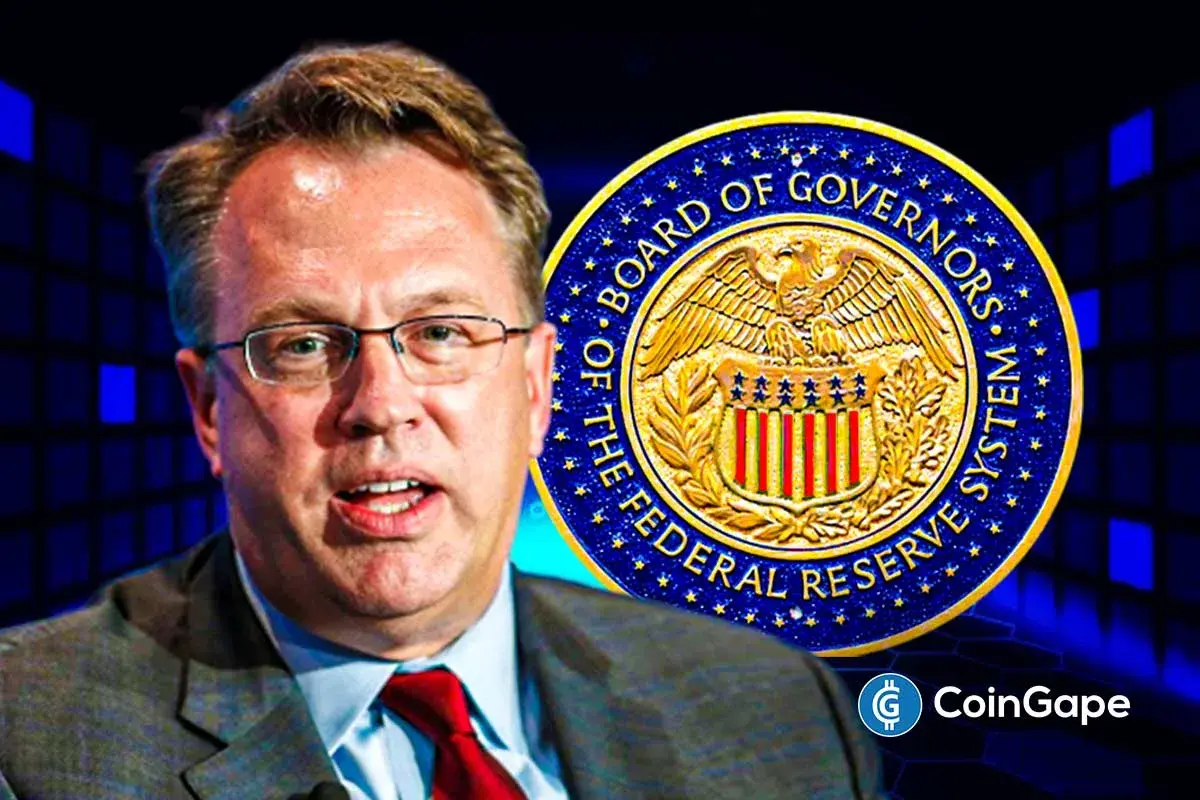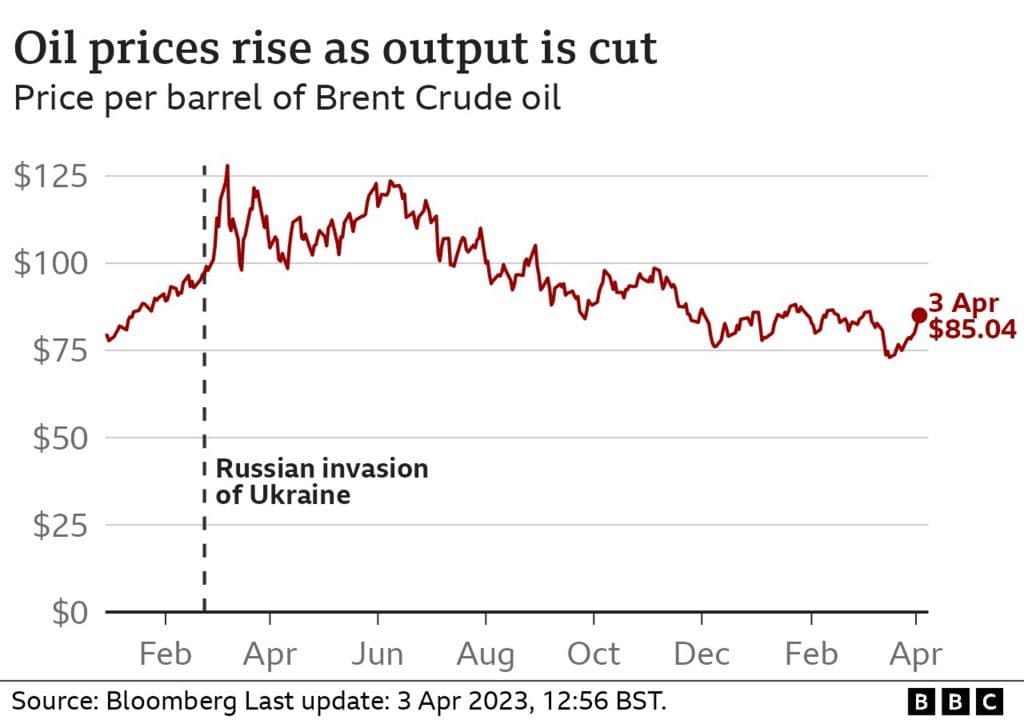Fed’s Williams says cuts remain possible, inflation progress must continue
New York Fed President John Williams tells a Central Bank of Chile audience that the Federal Reserve can cut interest rates in the near term without jeopardizing its long term inflation goal. His remarks matter because they signal openness to easing at the December 9 and 10 FOMC meeting if inflation continues to cool from recent estimates around 2.75 percent.

John Williams, president of the Federal Reserve Bank of New York, says the Federal Reserve could still cut interest rates in the "near term" and maintain its commitment to a sustained two percent inflation rate. Speaking at a Central Bank of Chile event on November 21, Williams characterizes current monetary policy as "modestly restrictive" and warns that progress on inflation has "temporarily stalled" with recent estimates near 2.75 percent.
Williams frames his remarks around a balancing act that policymakers face as they weigh the timing and size of any easing. He points to signs of labour market softening and diminishing tariff related price effects as factors that, in his view, create room to move policy closer to neutral if inflation continues to decline toward the two percent objective. That conditional language underscores the Fed’s cautious stance, emphasizing data dependency rather than a pre committed path.
The comments arrive amid an active market debate over whether the Federal Open Market Committee will deliver a cut at its December 9 and 10 meeting. Investors and economists are parsing every Fed utterance for signals that could shift expectations for interest rates, bond yields, mortgage costs and equity valuations. Williams’ readiness to countenance a near term easing if disinflation resumes is likely to temper some short term rate volatility, but his emphasis on the two percent target reinforces the Fed’s longer term priority of price stability.
Economically, the tightrope the Fed is walking reflects persistent cross currents. Inflation, although slowed from higher peaks, remains above target by roughly three quarters of a percentage point according to the estimate Williams cites. Labour market indicators in recent months have shown early signs of moderation, which could ease wage pressures and support further progress on prices. At the same time, the recent stall in disinflation serves as a reminder that progress is neither linear nor guaranteed, and that policy may need to remain restrictive enough to prevent inflation from reaccelerating.
Policy implications are consequential. A near term cut would signal that the Fed sees downside risk to inflation and believes it can ease without unmooring expectations. That move would relieve financial conditions and reduce borrowing costs for businesses and households, potentially supporting growth. Conversely, a premature cut risks reigniting inflationary momentum and could force the Fed to re tighten policy later, a scenario Williams appears keen to avoid.
Williams’ remarks also feed into a broader Fed narrative in which officials increasingly debate the pace of easing while reiterating their two percent inflation objective. With markets focused on December, the coming inflation readings and labour market data will be pivotal. For now, Williams offers conditional optimism, leaving the door open for a move closer to neutral if incoming data sustain the downward path of inflation.

